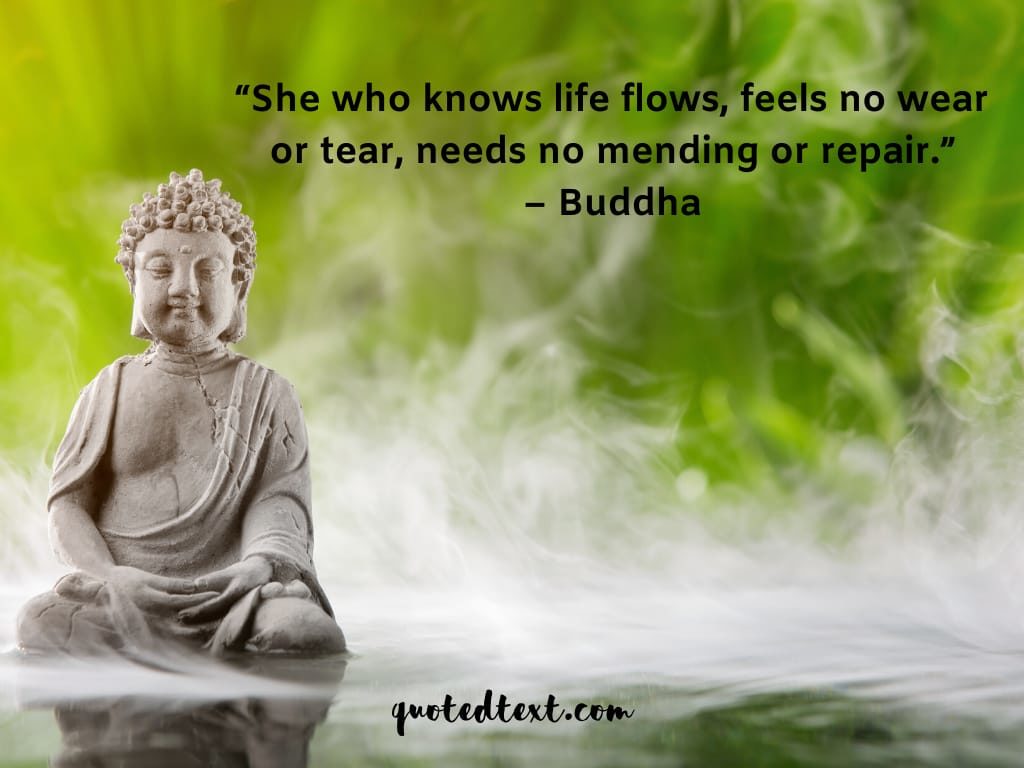
#Buddha ways of life full#
The first noble truth is life full of suffering. They are: (a) Life is full of suffering ( Duhkha), (b) There is a cause of this suffering ( Duhkha-samudaya), (c) It is possible to stop suffering ( Duhkha-nirodha), (d) There is a way to extinguish suffering ( Duhkha-nirodha-marga). These have come to be known as four noble truths. The answers to these four questions constitute the essence of the Buddha's enlightenment. Instead of discussing metaphysical questions, which are ethically useless and intellectually uncertain, Buddha always tried to enlighten persons on the most important questions of sorrow, its origin, its cessation and the path leading to its cessation. He disliked metaphysical discussions devoid of practical utility. Abhidhamma Pitaka articulates simultaneously a philosophy, a psychology, and an ethics, all integrated into the framework of a program for liberation.īuddha was primarily an ethical teacher and reformer, not a metaphysician. The third part or “basket“ is known as the Abhidhamma in Pali and Abhidharma in Sanskrit. Like all great teachers of ancient times, Buddha taught by conversation and our knowledge of Buddha's teachings depends on the “Tripitakas” or the three “baskets” of teachings of Gautama Buddha. The message of his enlightenment laid the foundation of both the Buddhist religion and philosophy. Finally, his mission was fulfilled and Prince Siddhartha became Buddha or “Enlightened”. He endeavored to unravel the mystery of world's miseries.
#Buddha ways of life free#
He practiced great austerities, went through intense meditations with an iron will and a mind free from all disturbing thoughts and passions.

He sought answers to his questions from many learned scholars and religious teachers of his time, but nothing satisfied him. The sights of disease, old age and death impressed the young prince with the idea that the world was full of suffering and he renounced the world early in life.Īs an ascetic, he was restless in search of the real source of all sufferings and of the path or means of cessation from these sufferings. He was born in a royal family at Kapilavastu, on the foot-hills of Himalaya, in the 6 th century BC. Most of us know the life and basic teachings of Siddhartha or Gautama Buddha since our childhood days.

This essay is just an expression of what little the current author has understood on Buddha philosophy and an opportunity to offer his deep tribute to one of the greatest psychotherapists the world has ever produced! His therapeutic methods helped millions of people throughout the centuries. We find something more nearly resembling psychotherapy’.īuddha was a unique psychotherapist. Orientalist Alan Watts wrote ‘if we look deeply into such ways of life as Buddhism, we do not find either philosophy or religion as these are understood in the West.

Over the last century, experts have written on many commonalities between Buddhism and various branches of modern western psychology like phenomenological psychology, psychoanalytical psychotherapy, humanistic psychology, cognitive psychology and existential psychology. Buddhism and Western Psychology overlap in theory and in practice. Mid-twentieth century saw the collaborations between many psychoanalysts and Buddhist scholars as a meeting between “two of the most powerful forces” operating in the Western mind. Eight fold Path (astangika-marga) as advocated by Buddha as a way to extinguish the sufferings are right views, right resolve/aspiration, right speech, right action/conduct, right livelihood, right effort right mindfulness and right concentration. Four noble truths as preached by Buddha are that the life is full of suffering ( Duhkha), that there is a cause of this suffering ( Duhkha-samudaya), it is possible to stop suffering ( Duhkha-nirodha), and there is a way to extinguish suffering ( Duhkha-nirodha-marga).


 0 kommentar(er)
0 kommentar(er)
